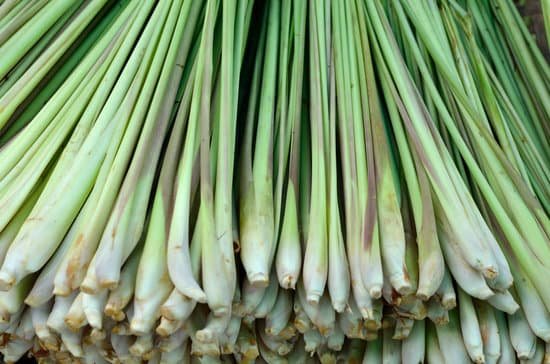
NETTLE
Common Nettle
Nettle, or stinging nettle, is a shrub that comes from northern Europe and Asia. Its scientific name is Urtica dioica. The plant boasts pretty, heart-shaped leaves and yellow or pink flowers, but the stem is covered in tiny, stiff hairs that release stinging chemicals when touched. However, once it is processed into a supplement, dried, freeze-dried or cooked, stinging nettle can be safely consumed. Studies link it to a number of potential health benefits:
Stinging nettle’s leaves and root provide a wide variety of nutrients, including:
- Vitamins: Vitamins A, C and K, as well as several B vitamins
- Minerals: Calcium, iron, magnesium, phosphorus, potassium and sodium
- Fats: Linoleic acid, linolenic acid, palmitic acid, stearic acid and oleic acid
- Amino acids: All of the essantial amino acids
- Polyphenols: Kaempferol, quercetin, caffeic acid, coumarins and other flavonoids
- Pigments: Beta-carotene, lutein, luteoxanthin and other carotenoids
Antioxidants are molecules that help defend your cells against damage from free radicals. Damage caused by free radicals is linked to aging, as well as cancer and other harmful diseases
Nettle’s antioxidant properties may protect your liver against damage by toxins, heavy metals and inflammation
Nettle may:
reduce inflammation
treat enlarged prostate symptoms
treat Hay Fever
lower blood pressure
aid blood sugar control
Consuming dried or cooked stinging nettle is generally safe.
However, be careful when handling fresh stinging nettle leaves, as their hair-like barbs can harm your skin.






